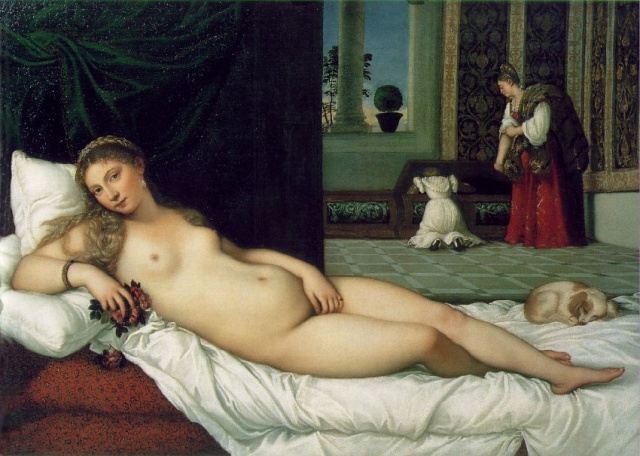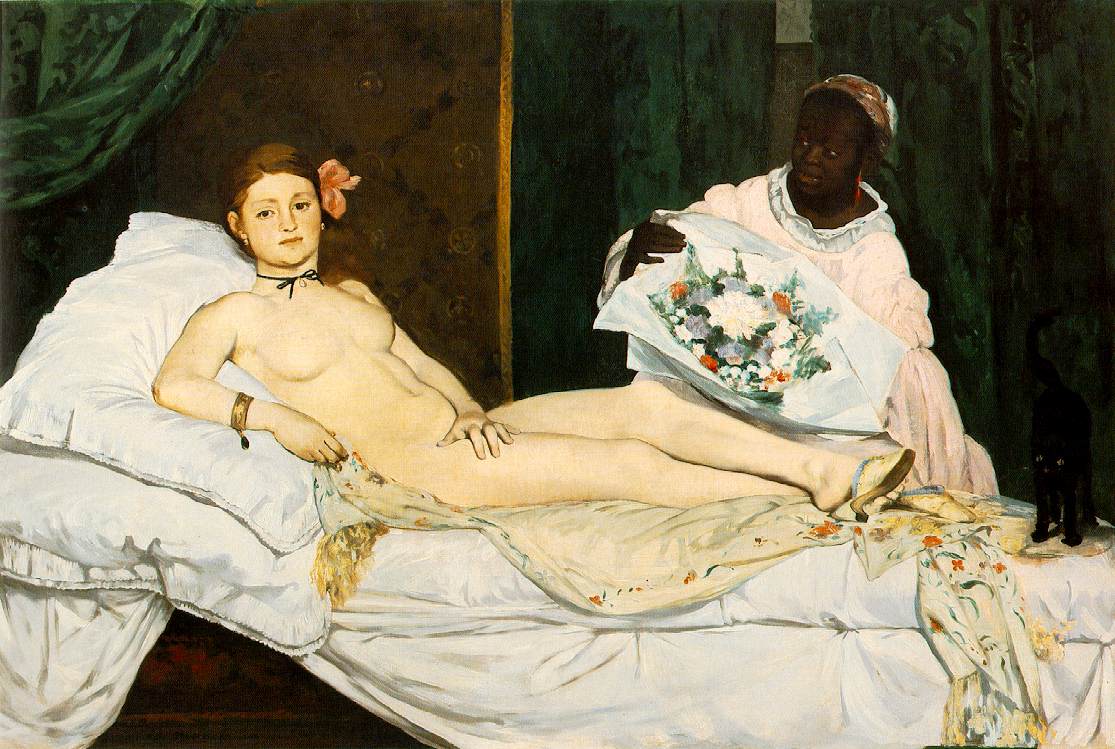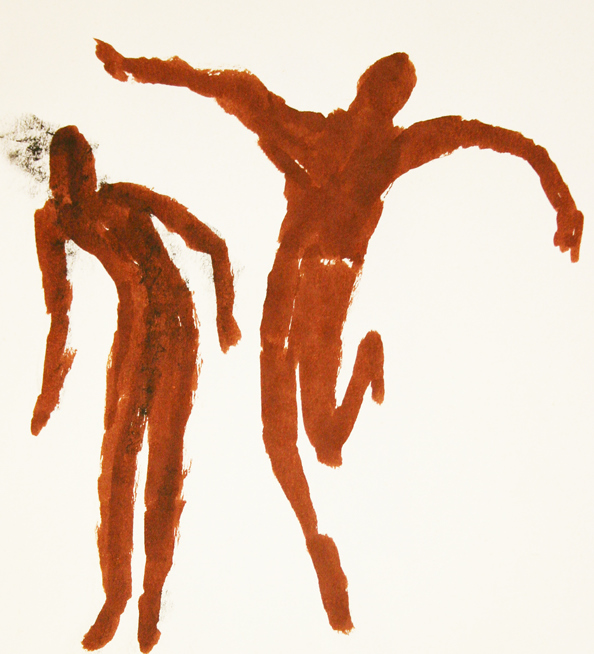all animals are nude. all humans are nude, under their clothes, under the shower, on the toilet seat, what have you. this nudity is natural, far more natural than its covering up.
yet, in this day and age, which is supposed to be modern, we still are the most absolute prudes when it comes to nudity. nudity is shameful. many consider nudity obscene. why, is probably because of the perceived proximity between nudity and sex, or sexual reproduction.
suppose even for a minute that this is true, this proximity. then still: all animals have sex. sexual reproduction is as natural as eating and drinking. however, in the `higher' animals, selection of a mate involves mating behaviour rituals. i can imagine that some form of seclusion, hidden-from-prying-eyes, is part of our natural mating ritual.
this does not for one minute start to explain why this `modern' society is so fxxxed up about sex, pardon my language. and much less so, why nudity-which-can be-seen is considered such a big deal.
oh, you think i'm exaggerating, do you?
for your information, before even being able to let this blog come to you, i have to let google/blogger/blogspot know that this blog does not contain `adult content'. since this is primarily an art blog, i would suppose that it fulfills the criteria for not being `offensive'...but this may need some attention. what does google/blogger/blogspot mean by `adult content'? now, the thing is, i'm allowed to WRITE about sex, porn, anything you like...but i'm not allowed to post IMAGES of nudity...except for medical, or educational reasons...and they may allow artistic nudity on an exception-basis, individually accorded...
of course, i can post most if not all images of extreme violence, no problem, without being subjected to likewise ... intelligence-insulting, spirituality-insulting conditions.
would you believe this? i still have a hard time believing it. google's safe search does not filter out extreme violence, it filters out nudity (and sex, and porn). so imagine this child of say 9 years old. as a society we seriously consider it dangerous for this child to see images of nudity, but we think it's ok if this child sees beheadings, bombings, dead and mutilated victims of crimes...
and everybody says, well ok, i get that, that's logical...
making love is considered dangerous, killing is considered safe. i'm not exaggerating. this is the level of hypocrisy in our society, just in regard to nudity and sex. because for instance the painting below has been considered a true spiritual and classical work of art for centuries:

titian, venus of urbino
but manet's rendition of a similar lady raised a scandal:

édouard manet, olympia
(please follow the links by clicking on the paintings names, to read more about these paintings and the reactions to them).
&&&&&&&
just for your information: i consider most nudity to be a natural state of things. i consider most (non-exploiting) consensual sexual images to be a natural state of things. i think non-violent or non-degrading and non-exploiting porn to be generally loveless, but not very dangerous.
but i have never been so utterly sick as when i was watching a news report in which a soldier casually shot an innocent stander-by dead, just for nothing, out of irritation, boredom, `kicks'...who knows.
&&&&&&
we live in a society that spiritually speaking is more primitive than most societies we call `primitive'. and we are extreme hypocrites about nudity, sex and violence. is it any wonder that we are obsessed with sex and violence and technology in movies, rather than with love, building together, nature?
and we have not progressed much in the past 100 years, on the contrary i would say.
(to be continued)
























